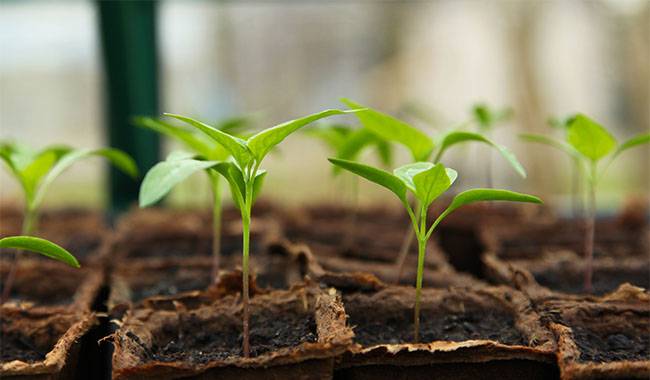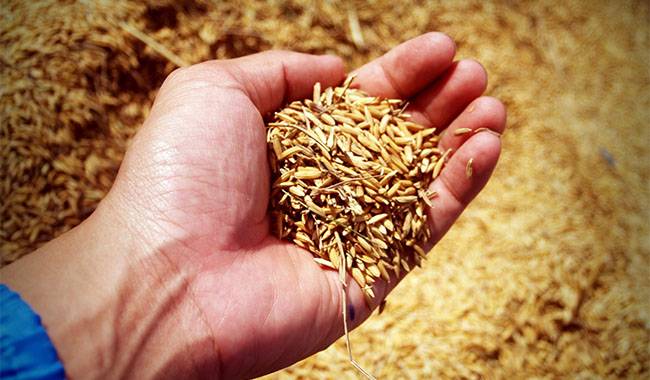
Winter is a season of nostalgia, gardens, flower beds, flower gardens. We look at bright pictures online, order seeds and seedlings, and dream of future harvests and new beauty.
We go to the garden store and sometimes actually buy what we “fall in love” with. But to be successful in next season, you must be prepared not only buy new and more successful varieties but also to have a more competent approach.
Being aware of and making the right choices can lead to fewer mistakes, better results, savings, and less frustration. How to buy seeds and seedlings without spending too much money, you will going to read in this article.
WHY DO WE BUY UNNECESSARY THINGS?
The biggest mistake in preparing for a new season is rushing to buy planting materials. Tired of the earthly world, we are able to buy everything that is pleasing to the eye.
So, most of us (like I used to be) arrive in spring with a mountain of seeds and nowhere to plant them.
And it’s all because we bought them :
- by looking at pretty pictures and reading the sparse information on the packet covers.
- forgetting to calculate how much space we have to grow crops and how many plants can fit in that space.
- not really getting into the area where a variety fits best.
But these mistakes can be avoided by take a pen or pencil evaluate the reality situation.
PLANNING YOUR YARD
In order to get your vegetable garden to give crops “in capital letters”, you need to plan your plots well. The easiest thing to do is to divide the entire area of your vegetable garden into “blocks”, break it up into beds, and plan your crop rotation.
It can be the simplest, building on alternating crop groupings.
The more complex it is.
- alternation focused on soil requirements.
- alternate by family.
- alternating according to the impact on the soil.
- the most specialized, but also the most complex – alternating according to the best predecessors.
It will take time, but it will pay off. You will understand some of the mistakes that plague many gardeners year after year.

KEEP A JOURNAL
In your garden or summer house journal (not only to say what it wants), you should record not only your annual crop rotation plan but also the varieties of plants you grow.
Expected characteristics and what you are growing and have an idea of the climatic conditions of the year.
This is important because a variety may be really good, but not for your hot or cold summers.
Many research centers want the best varieties, but no one cancels out the climatic characteristics of different geographical areas.
And the best northern varieties won’t do well in the south, when in fact there are many excellent varieties in colder regions that are enviable. And vice versa.
If a variety shows good results, grow it from its own seed. Only hybrids must be renewed.
READ THE CHARACTERISTICS OF THE VARIETY THAT ARE NOT ON THE PACKAGE
When choosing a new variety or hybrid, be sure to read its breeding characteristics not on the store packaging or from an online retailer, but from someone who has actually grown it.
Not only do we have articles on our website with descriptions of varieties and hybrids by authors, but we also have a forum for readers to share similar information.
Take the time, in the winter it is always in stock, to find the information you need of interest. Read the national standards and reviews before you buy. Buy what has been tested by other gardeners.
The seller needs to sell – he praises. Those who have already tried it know the reality and will not praise for anything.
In addition, vegetable seeds do not have to be purchased at the store. In my case, it’s not the first year I ordered seeds from the collector.
Of course, here too you can meet dishonest sellers, but you can find very interesting varieties. And seeds can also be exchanged, which saves even more and expands the opportunities.
Buy only what you have planned. What is your allotted space? Don’t fall for the salesman’s bait and switch. Counting only two varieties of cucumbers?
Pick up two! Counting six varieties of tomatoes? Buy no more than six! Decided to buy cabbage sprouts? Don’t buy packets just to “think”! Decided you don’t have room for corn this year?
BUYING ORNAMENTAL PLANTS
The same rules apply to our flower gardens. Plan, and plan again! Think ahead of time about where it will grow.
How many bulbs or plants will you need to fill the chosen area. Remember, perennials tend to proliferate. When you’ve figured it out – buy!
If you buy bulbs, rhizomes– buy in time. Obviously, the unsold goods are cheaper and discounted, but such planting material does not keep easily until spring and plants often die. Even if you buy them very early in the spring, they often do not reach their planting date.
If you buy seeds and seedlings for flowers and ornamentals at supermarkets, nurseries, and gardening stores – take your mobile Internet with you and you can search for information about the crop immediately. Or a piece of paper and a pen to write down names and inquiries at home.
Read about characteristics: requirements for soil, irrigation, temperature regimes, the complexity of care, and special preferences.
It becomes a disappointment and a waste of money because what is offered to us in retail stores is often unsuitable for our climate, often imported from Holland, and grossly overstocked for the sake of cosmetic marketability.
Check bulbs for disease – there should be no spots, dents, scrapes, cuts, or sprouts on the bulbs. The bags sold are translucent with ventilation holes through which you can see everything.
Take bulbs that are aligned in size and full of shape. If you want them to bloom in the first year of planting, more immediately, they should bloom big – pay attention to their size, they must be big.
Buy seedlings with closed root systems. Ask who the producer is. If the plants are too small, too weak, or show signs of disease, don’t take them. You don’t need them!
FRUIT TREE SEEDLINGS
I’ll say it a third time – start with planning and researching varieties. And buy only if you are sure.
Also, in time for the planting season. And only for a predetermined amount.” Stick the plant somewhere” means to throw it away.
Dear reader In order not to repeat the same mistakes you make every season when buying seeds, bulbs, rhizomes, and seedlings, do not rush into anything. Only after you have made a firm decision: “I need this”, should you go out and look for your best.
Don’t buy from an online store for a specified minimum amount – because what you will get to the set number mark, most likely you won’t use it.
Don’t buy just because it’s cheap and you’ll lose more than you gain. Don’t buy something that doesn’t suit your climate or soil conditions – you’ll be disappointed. Buy what you have thought through and chosen ahead of time – you will be 70% successful!







